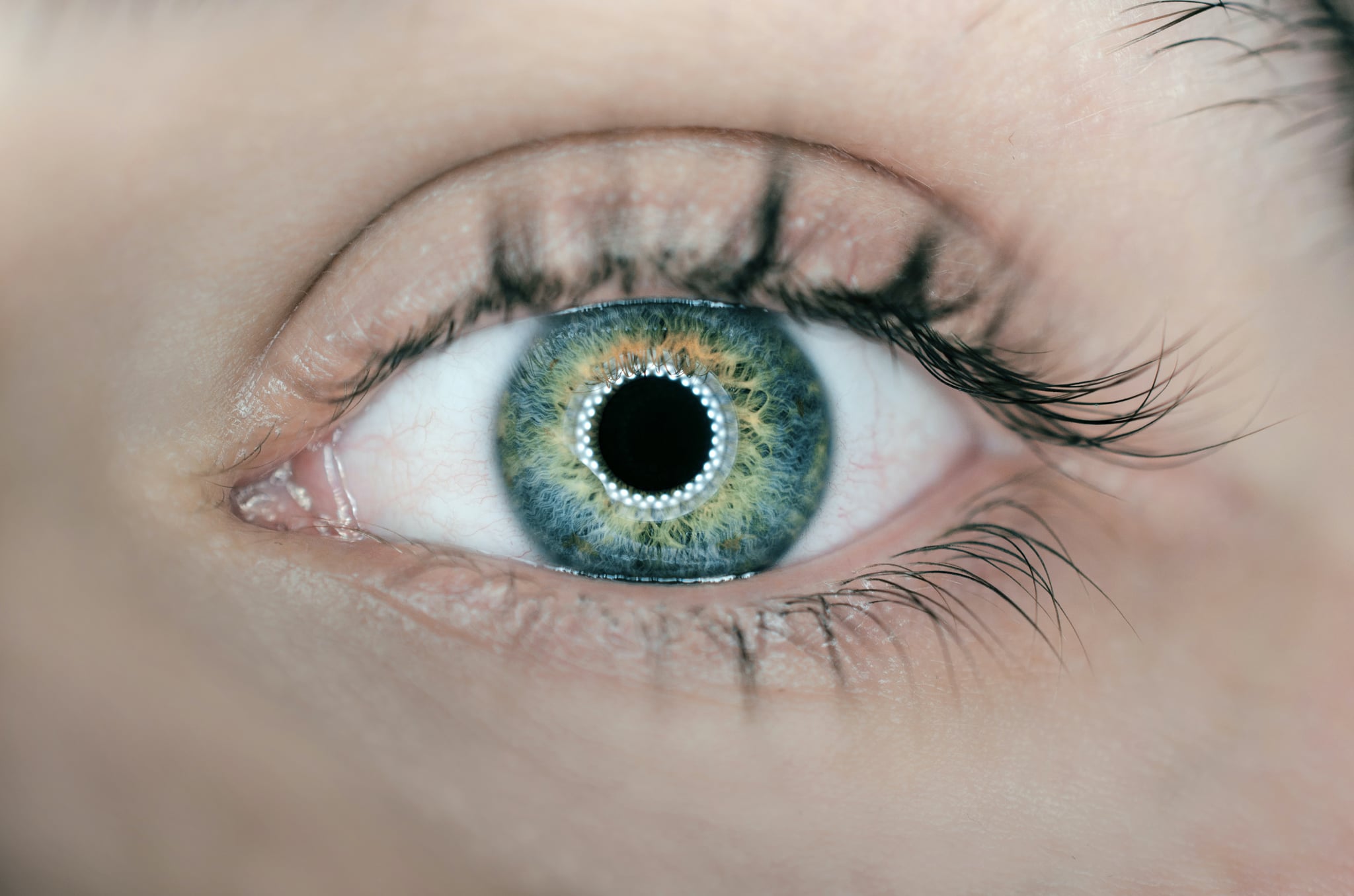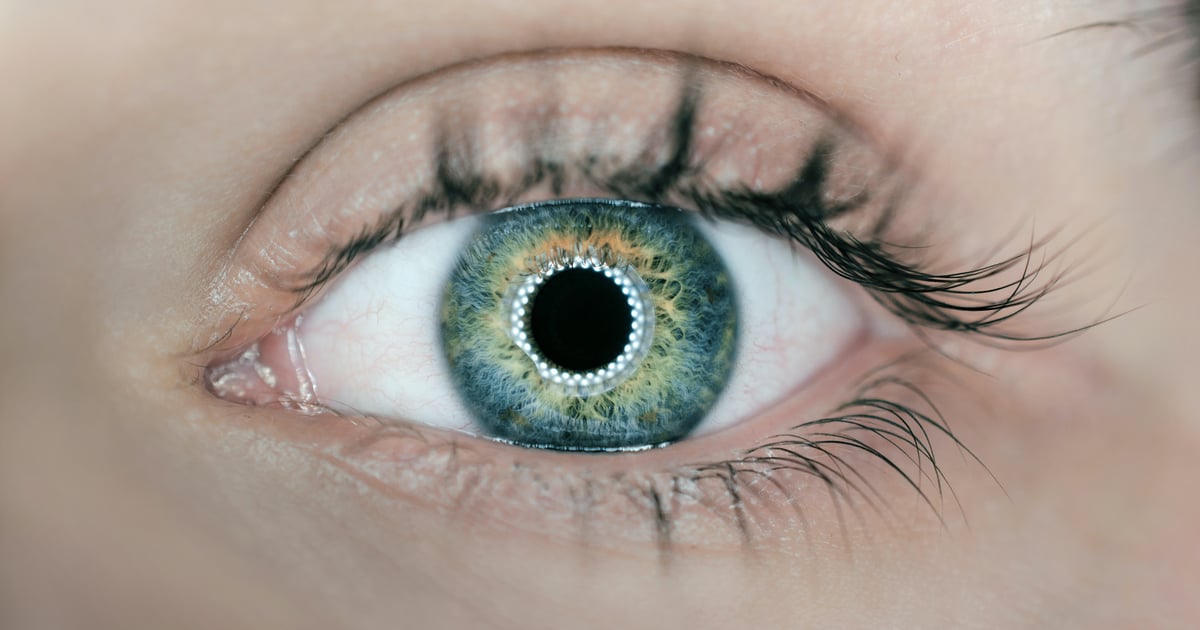
Image Source: Unsplash / Arteum.ro
Hindsight may be 20/20 — but not everyone’s eyesight is. And for those of us with less-than-perfect vision, a popular path to clearer sight is LASIK, an acronym for a type of eye surgery known as “laser in situ keratomileusis.” According to the American Refractive Surgery Council (RSC), more than 20 million LASIK procedures have been performed in the US, with a patient satisfaction rate of more than 96 percent.
But some LASIK patients who are unhappy with the side effects of their procedures are speaking up online — and their stories can be troubling. While many people come out of the surgery with the perfect vision they’ve always wanted, others face lingering side effects like dry eyes and even chronic pain. Search “LASIK” on platforms like TikTok, for instance, and you’ll find videos that describe both sides of the coin.
So, which is it: is LASIK eye surgery the solution to your blurry vision, or do the risks outweigh the benefits? Here’s what the experts want you to know.
What is LASIK?
According to the Food and Drug Administration (FDA), LASIK is a surgical procedure aimed at reducing a person’s dependency on glasses or contact lenses. It works by improving the way light rays are focused on the retina to reduce blurry vision, per the American Academy of Ophthalmology (AAO).
“LASIK is a type of refractive surgery that uses lasers to create a microscopic flap and reshape the cornea in order to correct nearsightedness, farsightedness, and astigmatism,” explains Yusra Siddiqui, MD, a board-certified ophthalmologist and surgeon at Kleiman Evangelista. “It can be considered for patients desiring more independence from glasses or contacts.”
The procedure itself is quick, usually taking no more than 30 minutes. After the lasers are used to cut a flap in the front of the cornea (the transparent part of the eye that covers the iris), the flap is folded back to reveal the middle part of the cornea, called the stoma. Then, the lasers vaporize part of the stoma, and the flap is put back into its original position. The reshaping corrects blurriness.
Is LASIK Safe?
While that process sounds intense, to say the least, the existing data points to LASIK being a relatively safe procedure. It was approved by the FDA in 1998. Since then, it’s been performed millions of times. Recently, a long-term study published in the International Journal of Environmental Research and Public Health in December 2020 found that LASIK eye surgery is very safe — even slightly safer than photorefractive keratectomy (PRK), which is often considered a less risky alternative to LASIK.
According to the Mayo Clinic, LASIK eye surgery has a good track record, with most people achieving 20/20 or better vision after the procedure. Though there are potential complications to be aware of, the majority of people are satisfied with the results.
“So long as you are a good candidate and your LASIK is performed by a skilled ophthalmologist, it’s safe,” says Diane Hilal-Campo, MD, board-certified ophthalmologist with her own private eye care practice in Oakland, New Jersey. She notes that an ophthalmologist can help you determine if you’re a good candidate for the surgery by conducting physical exams and taking your health history. But the AAO notes that LASIK is likely a safe option for people above the age of 18 with generally healthy eyes, and who understand its limitations. Having certain medical conditions like autoimmune disease may disqualify you, Dr. Hilal-Campo adds.
But even though the safety of LASIK has been well-studied in medical journals, like any other surgery, there are risks involved — including short- and long-term side effects. It’s important to understand these possible risks before having the procedure done.
LASIK Side Effects and Risks
Most of the risks and side effects associated with LASIK are temporary, Dr. Hilal-Campo says. “Side effects that cause loss of vision are very, very rare. Common side effects include dry eyes, light sensitivity, and glare, which typically go away after a few weeks or months at most.”
According to the National Library of Medicine, some risks of LASIK include:
- Dry eyes
- Glares or halos
- Infection in the cornea
- Cornea scarring that makes it impossible to wear contact lenses
- Sensitivity to light
- Difficulty driving at night
- Broken blood vessels
- Scratchiness
- Vision loss or changes
Almost all LASIK patients can expect to experience some degree of dry eye following the procedure, according to research published in the Journal of Ophthalmology in Jan. 2018 . It’s more common in people who already have dry eyes. Fortunately, Dr. Siddiqui says dry eyes and other side effects like halos often improve with time.
Also worth noting: though the procedure can eliminate the need for glasses or contact lenses altogether, the surgical vision correction may not always be precisely perfect. “Risks of the procedure include over- or under-correction of the prescription and subsequent need for a touch-up, especially if the prescription is very high,” Dr. Siddiqui says. She adds that regression toward the original prescription can sometimes occur. Other side effects, such as flap complications, are monitored at post-op appointments.
On rare occasions, LASIK risks include chronic pain. In a Sept. 2021 retrospective study in Ophthalmology and Therapy, researchers estimated that neuropathic corneal pain occurs in 1 in every 900 cases. This condition causes the eye area to become very sensitive and painful. And while it’s rare, it can be debilitating, reports the Wall Street Journal. A 2020 study in the Journal of Ophthalmic and Vision Research found that there are even reports of psychosis, depression, and suicide following the surgery.
Again, serious complications are rare. But even so, the FDA recently released draft guidelines recommending that physicians do more to make people aware of the potential risks of LASIK surgery. The guidelines propose that physicians use a checklist to screen patients and increase awareness around potential complications, The New York Times reports.
Dr. Hilal-Campo also urges anyone considering the surgery to see a skilled ophthalmologist with experience in LASIK. This isn’t the time to try to save money — go to a reputable doctor with a lot of experience and great patient reviews.
LASIK Eye Surgery Recovery Time
“Recovery from LASIK is pretty quick,” Dr. Hilal-Campo says. You can expect blurry vision and tiredness the day of your surgery, and you’ll need someone to drive you home from the procedure. But, “you should notice improved vision within the first day or two of recovery,” Dr. Hilal-Campo says. While you can typically expect to return to your normal routine in a day or two, plan to take a couple days off work to be safe.
You’ll be given a pair of goggles to wear on your first night after the surgery, which are meant to protect the flap. And you’ll likely feel some burning or itching as your corneas heal. But it’s essential to avoid rubbing your eyes as “this could negatively affect your outcome and create the need for further treatment,” Dr. Hilal-Campo says.
Your ophthalmologist may also prescribe antibiotic and steroid eye drops to use for about a week, before switching to lubricating eye drops, which you’ll use for about a month.
You should have your first post-op appointment within 24 to 48 hours of the surgery, and you should have regular check-ups over the next weeks or months. Your doctor will check on your healing, and you can use these appointments to inform your doctor of any new symptoms or side effects.
Are There Any Safer Alternatives?
The simplest alternative to LASIK surgery is continuing to wear your prescription glasses and/or contact lenses. But there are other vision correction procedures, and which is the best and safest fit for you depends on your eyes and your needs — so it’s essential to have a reputable ophthalmologist weigh in.
PRK is similar to LASIK, and has comparable safety risks. What’s significantly different, though, is the recovery time. “The recovery from [PRK] is longer and more painful, and your vision will be blurry,” says Dr. Hilal-Campo. So why would anyone choose it? “PRK is a better alternative for certain patients, including those with thin corneas, large pupils, very high prescriptions, or those who are at high risk for trauma around the eye due to their lifestyle,” Dr. Hilal-Campo explains. So if your doctor says you may not qualify for LASIK, PRK may be another option.
Implantable Collamer Lens (ICL) surgery is another option to correct vision. It involves placing an artificial lens between the iris and the natural lens to treat nearsightedness and astigmatism. ICL tends to be riskier and more expensive than LASIK, however.
Again, to find the best procedure for you, you’ll need to see an ophthalmologist and undergo a complete eye exam.
What to Do If You Have Side Effects After LASIK
There’s a good chance you’ll experience some temporary side effects after LASIK surgery. These usually go away over time, but you should tell your eye surgeon about any symptoms you experience. Following the procedure, your doctor may give you pain medication and special eye drops to manage any symptoms.
The most persistent symptom tends to be dry eyes, which can last for weeks or months. Artificial tears and other treatments are available to help with this common side effect.
Check with your doctor if you have any concerns about your healing or are dealing with any long-term side effects.
Who Should Not Have Laser Eye Surgery?
Some people are better candidates for LASIK than others, and up to 20 percent of patients are ineligible for LASIK, per the RSC, so it’s critical to have your vision evaluated by an eye-care professional before deciding to have the procedure done.
According to the FDA, LASIK may not be right for you if you:
- Are pregnant or breastfeeding
- Take certain medications
- Have certain pre existing diseases
- Have a history of certain diseases
- Actively participate in contact sports
- Are under the age of 18
- Have certain eye-related risk factors like dry eyes or thin corneas
